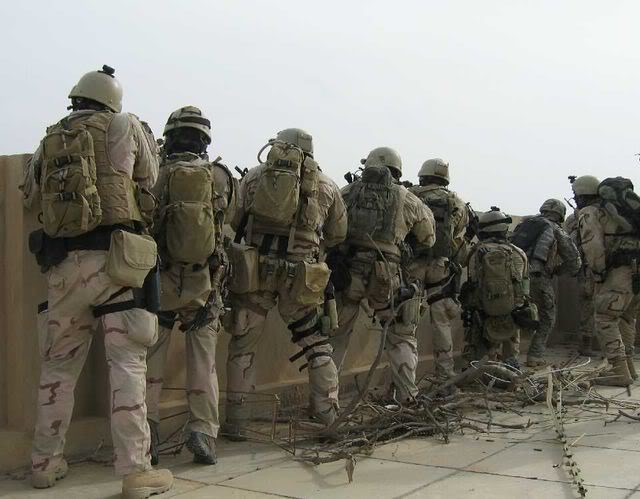It took months of painstaking intelligence analysis to find Osama bin Laden in Pakistan — but only three words “It’s a go” uttered by President Barack Obama to launch the strike that would kill him.
Obama told his national security advisor Tom Donilon and several other top aides on Friday morning that he would sign off on the daring plan in a moment of drama in the Diplomatic Room of the White House.
The violent and sudden operation in which bin Laden died in a short, intense firefight Sunday in the Pakistani city of Abbottabad, contrasted with the months of painful piecing together of clues that finally tracked him down.
Ever since bin Laden escaped in Afghanistan’s Tora Bora mountain region in 2001 after Al-Qaeda’s deadly September 11 strikes, his trail had gone largely cold as he stayed hidden and avoided telephone calls that US spies could trace.
But senior officials said that they had a breakthrough last September, when they managed to link two couriers used by bin Laden to contact the outside world to a compound in the garrison city northeast of Islamabad.
By last December, intelligence officials were convinced that there was a “high value target” living in the compound.
But officials, from Obama on down, never had 100 percent certainty that the Al-Qaeda chief was inside the heavily fortified complex — right up until the moment when they learned that he had been killed in the operation.
A senior official said that the clues that something was untoward the compound were amassed over months.
“So we came across this compound, we paid close attention to it because it became clear that whoever was living here was trying to maintain a very discreet profile and was practicing a great deal of operational security,” the official said.
“We believe that Osama bin Laden and his family were living on the second and third floors of the main buildings.”
Another official said that suspicions had been raised by extraordinary security measures taken at the compound — and the fact those who lived there burned their trash, and did not put it out for collection.
Also, “they had a million dollar home with no discernible income.”
It was not clear what role the Pakistani intelligence services were playing in the operation — but given the closely held knowledge in Washington of the looming attack, any role at all by this stage seems unlikely.
By March, Obama was sufficiently confident about the intelligence on the compound that he ordered the military to develop plans to attack it.
“We know there is a compound, we know some of the individuals there, we know they are associated with bin Laden, they live under extremely unique circumstances,” the official said.
“If you build the case, it clearly leads to the fact that there is somebody who is a high value terrorist there, and bin Laden is the only person that fits the profile of who that high value terrorist would be.”
By April, Obama was presented with three options: inserting a US team to capture or kill the man believed to be bin Laden: some kind of other surgical strike like a missile volley, or a recommendation for a longer time span for more intelligence to be developed.
Amid intense security, unusual even for the White House, Obama deliberated on what path to take with a small corps of the most senior officials.
The downside of a missile strike, was that though it would not risk US personnel, it could cause more civilian casualties, and would leave little evidence as to the identity of those killed, the official said.
“It is not that you couldn’t prove it wasn’t him — you wouldn’t know for sure, the senior official said.
The option to send special forces in by helicopter would preserve the possibility of obtaining evidence — but would risk soldiers and had a higher chance of angering Pakistan with flights over its territory.
Last Thursday, April 28, Obama called a final two-hour meeting in the White House Situation Room to discuss options — but told aides he would not tell them his decision until the next morning.
Before leaving on his Marine One helicopter to view tornado damage in Alabama the next morning, Obama told his aides simply “It’s a go” setting in train the military command process that led to the Abbottabad operation.











